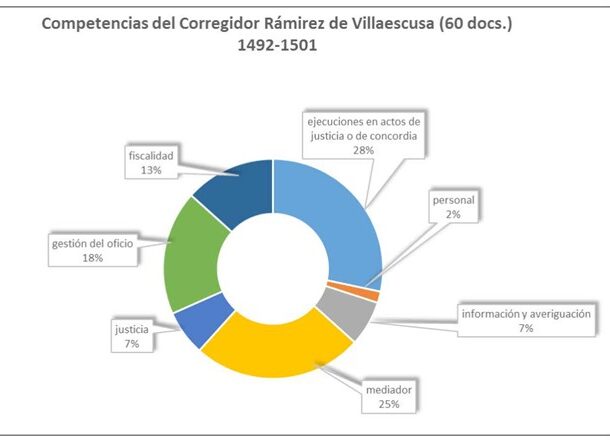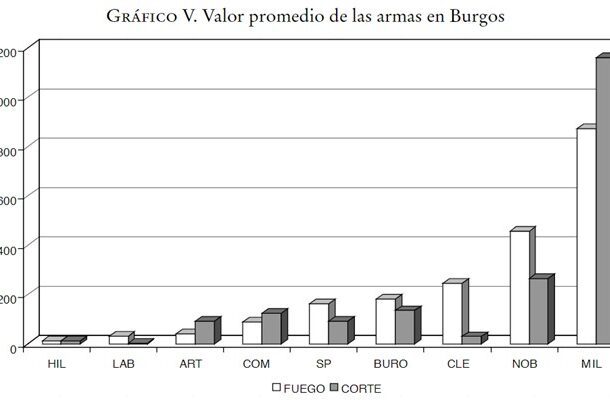
The bread trade was the most important in the food markets. The city of Madrid had systems of intervention to ensure the supply of this staple foodstuff; a policy that went beyond municipal boundaries and became a matter of state as urban demand increased. In 1498, a municipal ordinance was published in Madrid for its supply, establishing a direct relationship between the price of bread and the price of flour. The resource shows the system of regulating prices according to tables of equivalence, values which did not result in a greater range of profits for the baker. In fact, while the sale of bread was regulated by controlled prices, the acquisition of raw materials cost more and, although profits were obtained, profits were lower in order to ensure a distribution that could be afforded by the working classes, whose spending on the acquisition of this product was the main item of family expenditure.
Collection: Graphics
Project: 5. Power and powers in the history of Europe: oligarchies, political participation and democracy.
Chronology: XV
Scope: Secondary Education, Baccalaureate, University
Link: https://revistas.usal.es/index.php/Studia_Historica/article/view/9263/9568
Resource type: Graph
Format: Line chart
Source: Andrés Ucendo, J. I. y Lanza García, R. (2012). "El abasto de pan ene l Madrid del siglo XVII", en Studia Historica, vol. 34, p. 80.
Language: Spanish
Date: 2012
Owner: Pablo Ballesta Fernández (Modernalia)
Copyright: ©Studia Historica ©José Ignacio Andrés Ucendo ©Ramón Lanza García
Abstract: Resource showing the equivalence of the price of bread according to the municipal ordinance of Madrid of 1498, which related the prices of this product to those of its raw material: flour
Image
Tags







